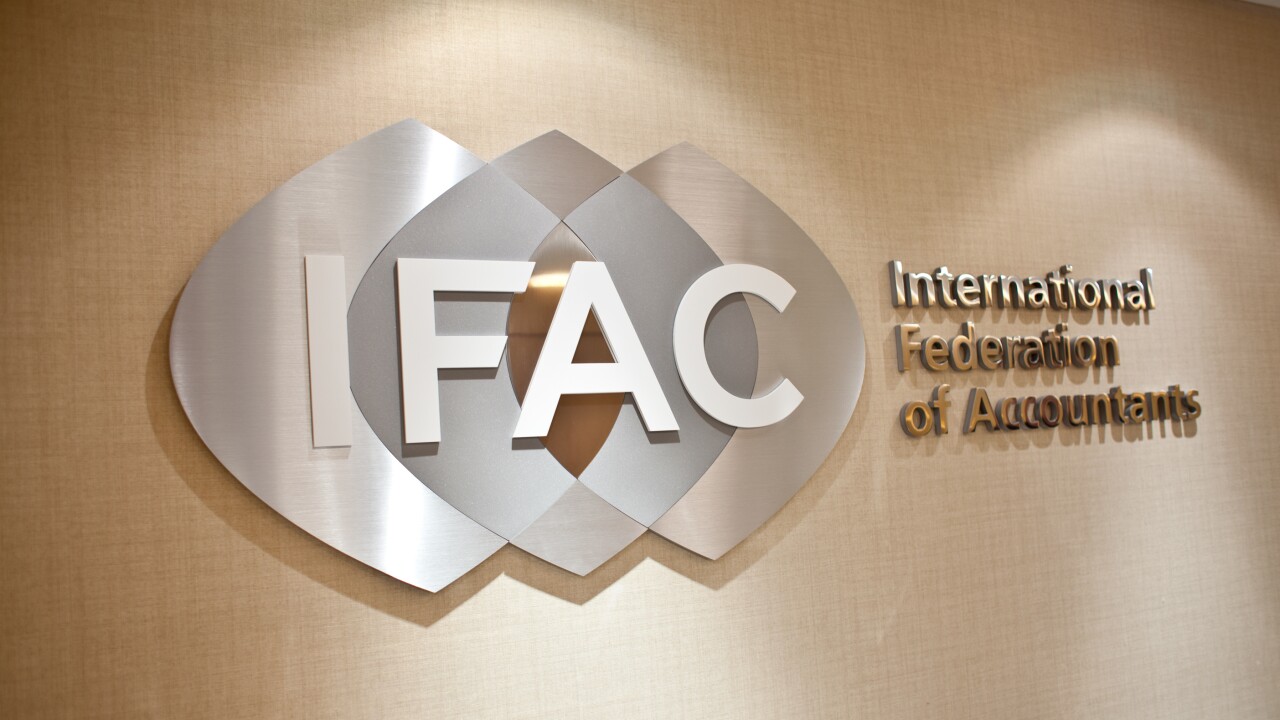As clients' businesses evolve, it sometimes makes sense for them to change how their companies are taxed. And I expect that occasionally you've encountered clients who made a change at one point but then reverted back to a previous tax status to get the most advantageous tax outcomes for their current situation. For instance, in the case of an LLC or corporation, its owners might decide to elect S corporation status … later terminate it … and then re-elect it down the road.
So, why would a business choose to revoke its S corporation status in the first place? Various reasons could prompt that decision. For example:
- A C corporation might revoke the S corp election if pass-through tax treatment is no longer financially beneficial (e.g., lands the owners in higher personal tax brackets).
- An LLC might revoke its S corp election if the costs of having its owners on payroll overshadow the tax savings associated with not having all business income subject to self-employment tax.
- The corporation wants to issue more than one class of stock.
- The corporation wants to have more than 100 shareholders.
Failure to comply with the IRS's S corporation eligibility requirements, such as having no more than one stock class and not exceeding 100 shareholders, will result in the automatic termination of a company's S corp status. If a business no longer meets the IRS eligibility requirements, its election will be considered terminated as of the day it no longer meets the IRS's definition of a small-business corporation.
When revoking its S corporation election, a company must either attach a
When can a business restore S corporation tax treatment?
If a business has revoked its S corp election, the business owners may be able to reinstate S corporation status. Generally, after an S corporation election has been revoked or terminated, the IRS will permit the entity to make a new election after five years.
According to the IRS, "Once the election is made, it stays in effect until it is terminated. If the election is terminated, the corporation (or a successor corporation) can make another election on Form 2553 only with IRS consent for any tax year before the fifth tax year after the first tax year in which the termination took effect."
However, in some instances, the IRS may grant re-election earlier — for example, if the company proves that 50% of its ownership is held by persons who were not shareholders at the time of the S corp status termination.
The process for reclaiming the S corporation election is essentially the same as applying for it in the first place. Naturally, the LLC or corporation must meet the
Deadline reminder
If you have clients who revoked their S corp tax status and are now eligible to re-elect it, here's a quick reminder of some important deadlines for submitting Form 2553 in 2025:
- Businesses that follow the calendar tax year must file Form 2553 no later than March 17, 2025, for the S corporation election to be effective for the entire tax year.
- New businesses must file Form 2553 within two months and 15 days (75 days total) from their date of formation for S corporation tax treatment to be effective for the entirety of their first tax year.
With your expertise and guidance, it's less likely that your clients will fail to meet their S corp deadline. But if they do, the IRS might grant some grace if a company has reasonable cause for filing for S corp status late.
To request relief for a late election, the top margin of the first page on Form 2553 must include "FILED PURSUANT TO REV. PROC. 2013-30." If attaching Form 2553 to Form 1120-S, the top margin of the first page of Form 1120-S must state, " "INCLUDES LATE ELECTION(S) FILED PURSUANT TO REV. PROC. 2013-30."
The corporation must also describe the reasonable cause for not filing on time and its actions taken to correct the error as soon as discovering it. The
'Tis the season
As income tax season ramps up, your clients will surely look to you for guidance on keeping their tax obligations in check. So, the S corporation election could very well enter your conversations — with clients exploring it for the first time and those who went down that path before and want to go in that direction again.





